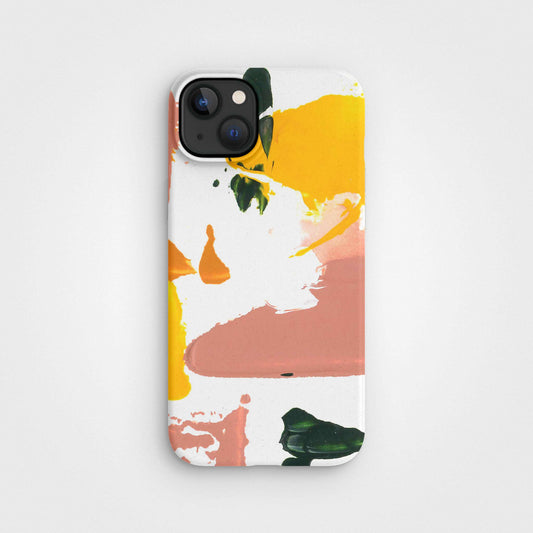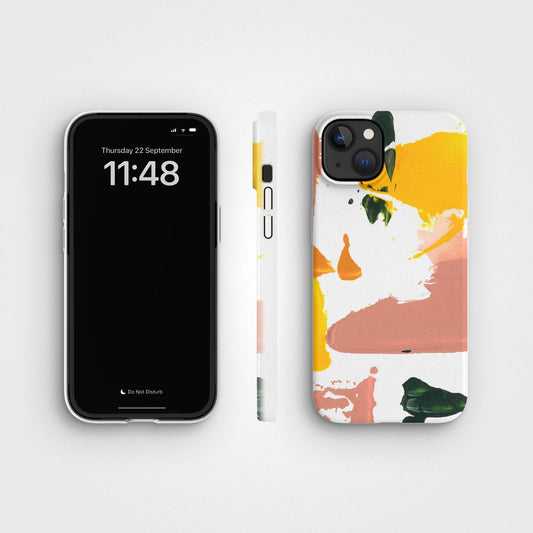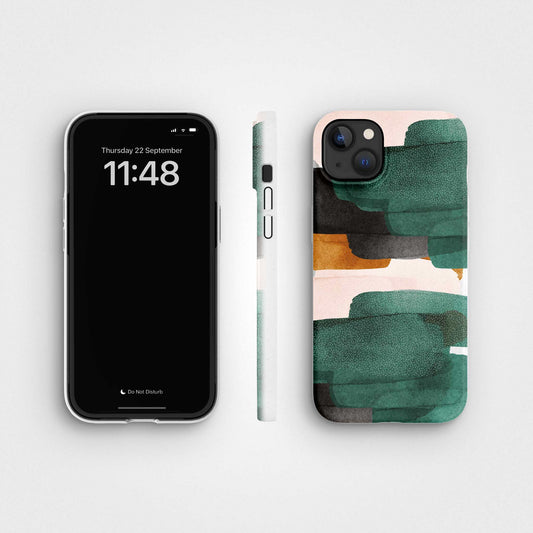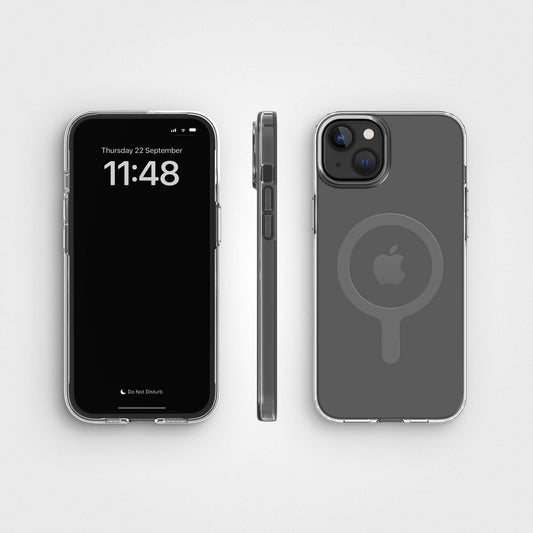We throw away a lot of food waste. Correction, some of us throw away a lot of food waste. Others turn it into delicious compost to grow flowers and vegetables in their garden. Environmentally, you can probably guess which one is better.
When organic waste is sent to landfills it releases large amounts of methane, a greenhouse gas more potent than carbon dioxide. Through composting, these emissions are significantly reduced. You’ll also produce much less household waste, ~50%.
As many of our products are compostable, we thought it’s high time we got involved. But we’re no experts, so we spoke to someone who most definitely is. Catherine Cutler is Biomes Manager at the Eden Project, a huge horticultural project that houses the world’s largest indoor rainforest and innumerable plants. They make *almost* all their own compost, around 150 tonnes a year, so she knows a thing or two about it. Look at the size of that plant!

Catherine with a 'Californian Yucca' in flower
What to use
If you have space in your garden then you can easily make your own compost heap (the ones at the Eden Project are 4m x 8m but the recommended size for most gardens is 1m x 1m).
If you’re a DIY kind of person then you can build one yourself. Good materials to use are old wooden pallets or wire. Then there is always the option to buy one ready to go.
Place yours on a level spot that water can easily drain away from and, even better, south-facing for extra warmth.
But, if you don’t have a garden or much space it’s still possible. You can indoor compost in an aerobic bin, a little wormery, or a bokashi bin.
- An aerobic bin is the traditional method using the age-old alliance of oxygen and bacteria to break down your waste into compost
- The wormery, as the name suggests, lets worms do their thing and create you some lovely compost. Catherine highly recommends tiger worms, a particularly stripy and wriggly variety.
- Bokashi is Japanese for ‘fermentation’ and is an anaerobic (without oxygen) process using micro-organisms to quickly create a mulch that is then buried beneath the soil in your garden.
Regarding where to put it, kitchens are good because they’re normally quite warm and it’s handy for transferring food waste.

Inside the rainforest biome at the Eden Project
What to put in your compost
Golden rule: “never put meat-based things in a composter (another reason not to each too much meat). Also no diseased plants, weeds, dairy products, nappies, or cat or dog faeces.”
Apart from that, almost anything organic will do. Both uncooked and cooked food works, and you can even put in old clothes. It’s a balancing act between ‘greens’ and ‘browns’.
Greens are things like:
- Vegetable peels
- Fruit Waste
- Teabags and coffee grinds
- Plant clippings
- Crushed up eggshells
- Grass clippings
- Carbohydrates e.g. pasta, oatmeal, bread
Browns consist of:
- Shredded cardboard
- Newspaper
- Egg boxes
- Dry leaves
- Old clothes
- Small twigs
- Hay
- Straw
You’ll need to give it time to build up enough material for it to create its own heat, and it’s recommended to go for 3 parts brown to 1 part green and then monitor as you go. As with most things in life, it’s all about balance.
“Create balance. If you just put in leftover food waste from the kitchen, it can just go wet and slimy and compact down into a hard slimy lump. The other extreme is just dry leaves and newspaper scrunched up, and there’s no wetness or nutrients to it.”

A healthy mix
Your compost should only smell mildly earthy, any funny odours also indicate too much moisture or a lack of oxygen. Flies are also a common problem.
“One of the main problems is the flies resulting from too much high nutrient wet stuff. If that happens, put dry material on top and get it airier and lighter.”
Keeping things moving
As well as heat, the compost also needs to be turned regularly, at least once a week, to provide oxygen and mix up the contents. At the Eden Project, they have to use a tractor but, at a smaller scale, a trowel or garden fork will do!
Worms will also help out with this. If outside they should come up from the soil beneath, or you can order some online. Also, adding bulkier material such as egg boxes and scrunched up cardboard provides important air pockets.
Give it a boost
At the Eden Project, they use a biodigester to convert all the waste from their kitchens into a kind of super compost that they then mix with their own. You can do something similar by either buying a specially produced compost activator or by adding a plant called comfrey, which can be grown in your garden.
How do you know when your compost's done?
Over time your compost will start to look progressively more like soil. You’ll know your compost is ready when you have a dark brown, almost black, soil-like layer at the bottom of your bin. It should have a lovely crumbly, light, spongy texture and will be packed full of nutrients.

Gardeners call it 'Black Gold"
How to use your new ‘black gold’
All kinds of plants and vegetables will greatly appreciate these added nutrients from compost. You can:
- Spread onto your flowerbeds or vegetable patch to improve soil quality, help it retain moisture and suppress weeds
- Sprinkle over your lawn as a conditioner
- Blend with the soil of indoor plants to revitalise them
There are nuances depending on what you’re growing, here’s a compost/plant tip sheet.
Welcome to the good life!
~
Let us know how you get on! Is there anything else you'd like to learn about? We'd love to hear from you. Send us an email at fb@agood.com.





























